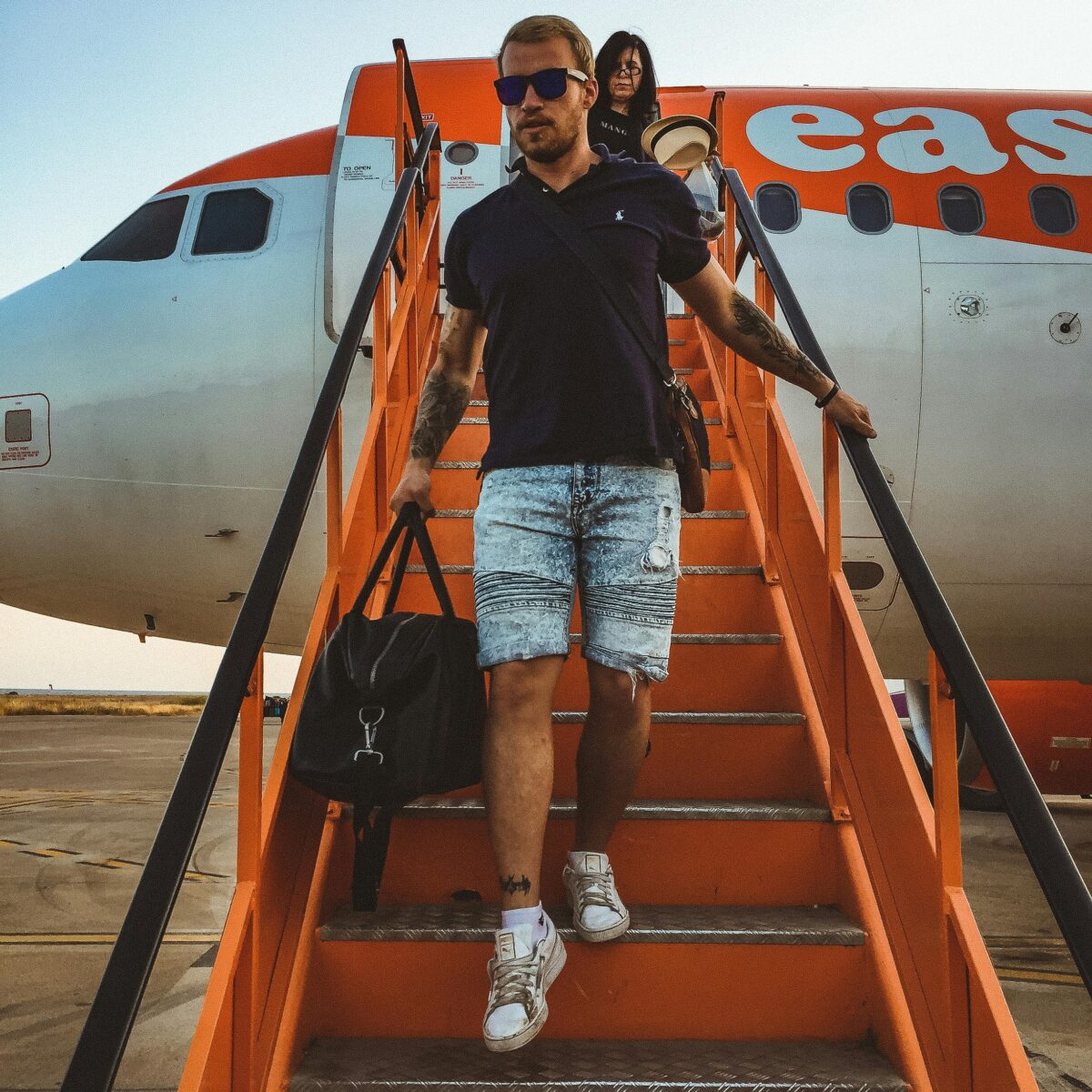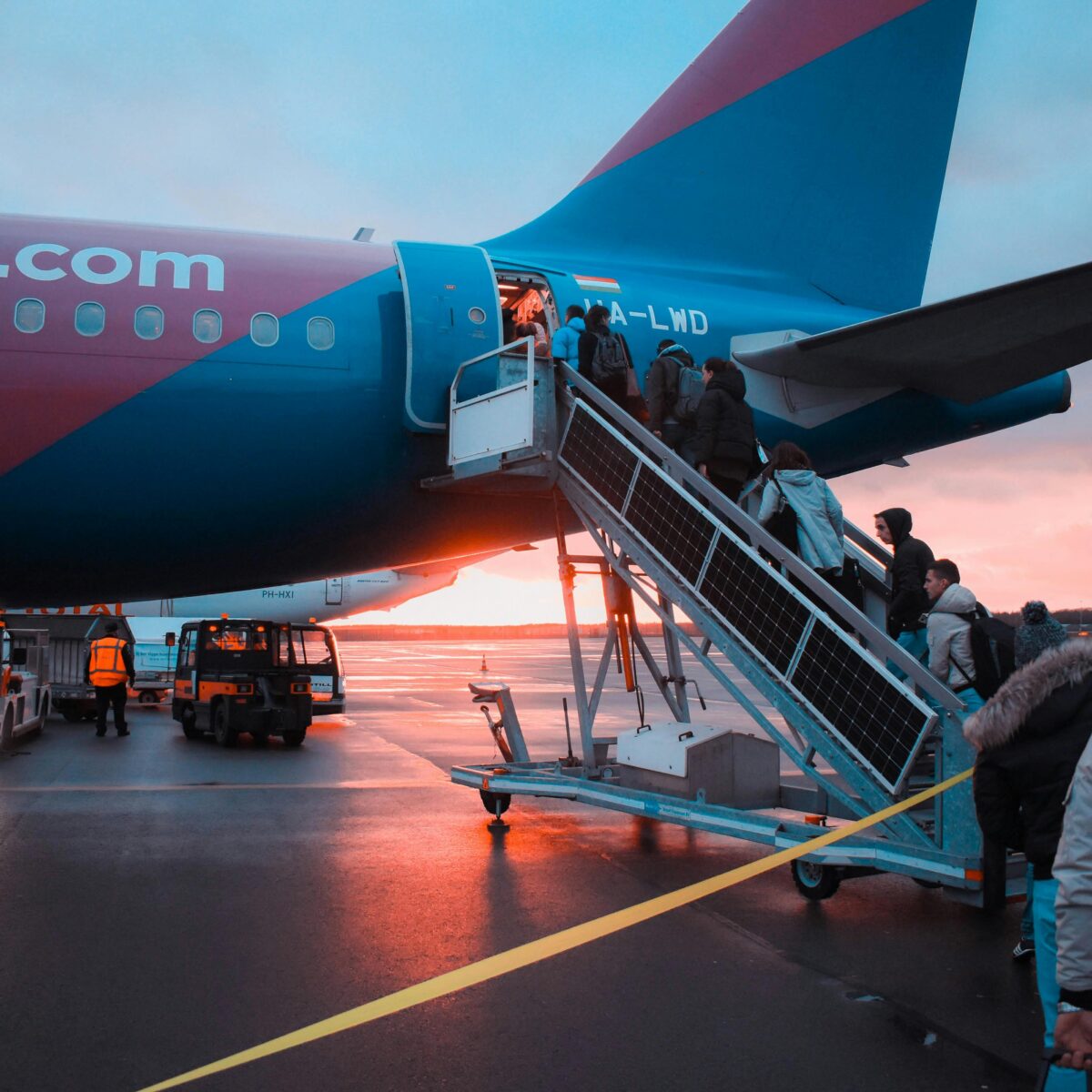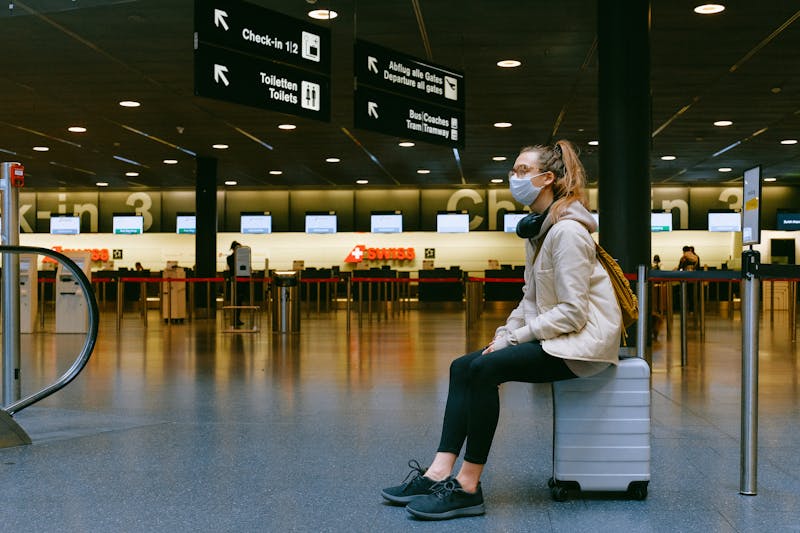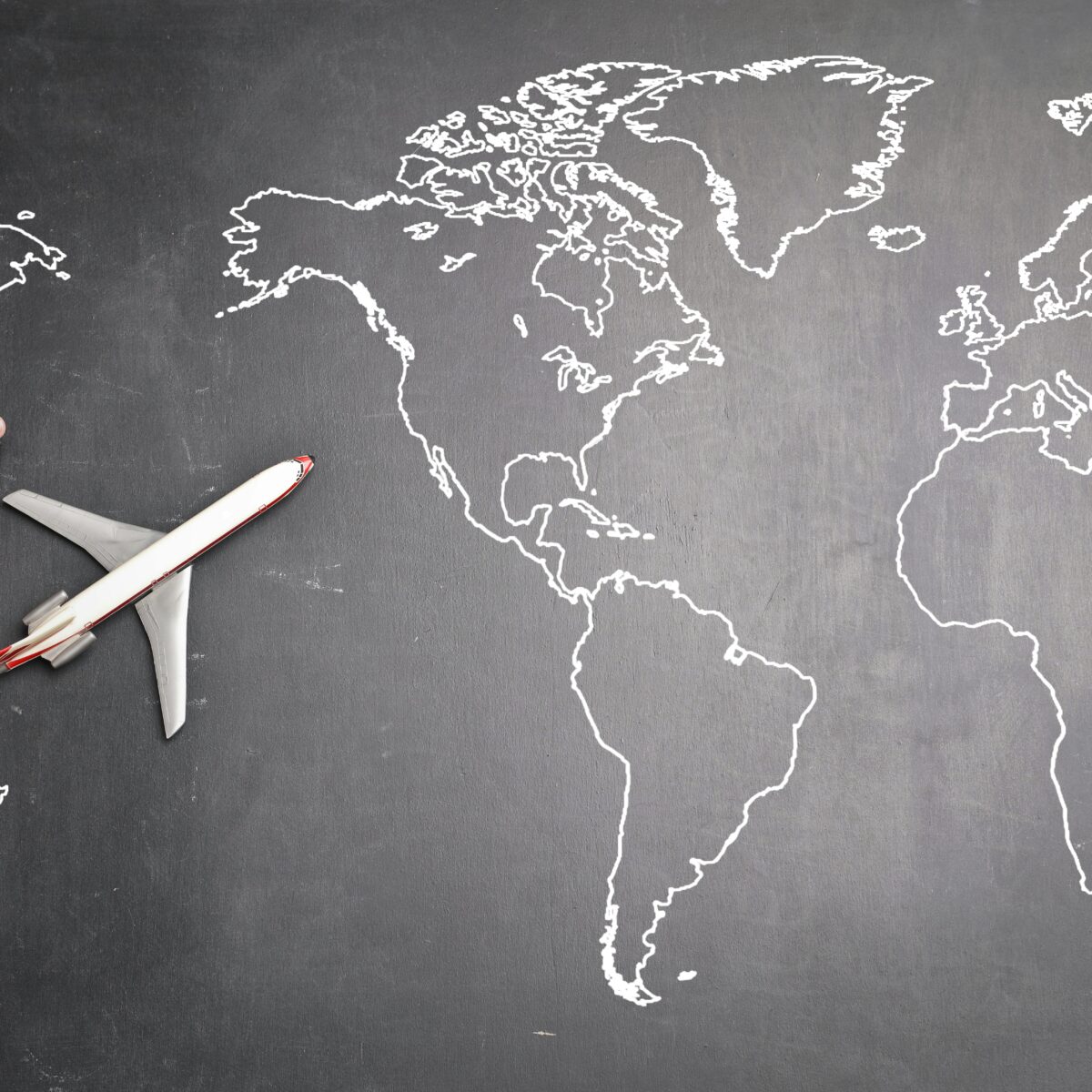When you’re planning a trip, safety is always at the top of your mind. We often hear about airlines and aircraft in the news, sometimes for concerning reasons, which naturally makes us wonder: “Which airlines and aircraft are truly the safest?” At Tripcel, we believe that understanding how safety is measured can empower you to travel with greater peace of mind.
It’s important to remember that flying remains one of the safest forms of transportation. Incidents are rare, and the industry is built on rigorous safety protocols. However, for those who seek to understand more, independent organizations analyze vast amounts of data to provide safety rankings.
How Are Airline Safety Rankings Determined?
Airline safety isn’t just about avoiding crashes. Reputable rating agencies look at a comprehensive set of factors to assess an airline’s overall safety profile. These often include:
- Incident History: This is a big one. They look at fatal accidents over recent decades, but also serious incidents and minor mishaps. Fewer incidents, especially serious ones, mean a better score.
- Government & Industry Audits: Airlines undergo strict audits from international bodies like the International Air Transport Association (IATA) through its Operational Safety Audit (IOSA), and national aviation authorities like the FAA (USA) or EASA (Europe). Compliance with these stringent standards is crucial.
- Fleet Age: While an older plane is not inherently unsafe if properly maintained, a younger, more modern fleet often incorporates the latest safety technologies and design improvements, which can contribute to higher scores.
- Pilot Training: The quality and frequency of pilot training, including simulator hours and recurrent checks, are key indicators of an airline’s commitment to safety.
- Operational Excellence: This includes factors like maintenance practices, safety management systems, and overall operational procedures. How well an airline manages its day-to-day operations counts.
Which Airlines Often Lead the Pack?
When you look at the top safety rankings released annually by respected sources like AirlineRatings.com, you’ll often see familiar names consistently at the forefront. These airlines typically boast excellent long-term safety records, young fleets, and adherence to the highest international safety standards.
For 2025 (and consistently in prior years), airlines like Air New Zealand, Qantas, Cathay Pacific, Qatar Airways, Emirates, and ANA (All Nippon Airways) frequently appear at the very top. These carriers are known for their robust safety protocols, extensive pilot training, and modern aircraft. It’s not just about luxury; it’s about a deep-seated culture of safety.
What About Aircraft Types? Are Some Safer Than Others?
Aircraft manufacturers like Boeing and Airbus produce incredibly safe machines. Every aircraft model must meet stringent certification requirements before it can fly passengers. While specific incidents might occasionally bring a model into the spotlight, it’s crucial to remember that millions of flights occur safely every year on all major types.
However, statistics do sometimes show variations in incident rates over millions of flights. Newer generation aircraft often integrate advanced automation and safety systems. Aircraft models frequently cited for excellent safety records (often due to being newer or having had very few incidents over their operational history) include:
- Airbus A380: The superjumbo jet, known for its advanced systems.
- Boeing 787 Dreamliner / Airbus A350: Modern, twin-engine wide-body jets with cutting-edge technology.
- Boeing 777-300ER/200LR: A workhorse of long-haul travel with a strong safety history.
- Airbus A320/321neo & Boeing 737 MAX series: Newer iterations of popular single-aisle aircraft that have incorporated significant safety improvements (after initial software challenges for the MAX).
It’s less about choosing a “safest” model and more about trusting that all commercially active aircraft are maintained to incredibly high standards.
The Bottom Line for Travelers
While it’s natural to be curious about airline and aircraft safety, rest assured that the aviation industry is committed to continuous improvement. Choosing a reputable airline, regardless of its exact ranking, that adheres to global safety standards is paramount.
For an even smoother and more connected journey, remember to consider an eSIM from Tripcel. Stay online easily, manage your travel plans, and access real-time flight information, all from your device.
Travel with confidence, knowing you’re flying in one of the safest eras of aviation history.
Ready for your next journey? Plan smart and stay connected with Tripcel










Leave a reply